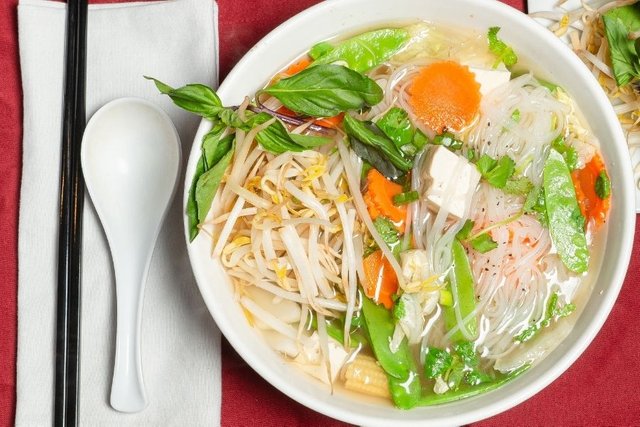
In a country in which, in the highlands at least, it is common to see roasted guinea pig, diced llama and shredded alpaca on the menu, being vegetarian can be somewhat difficult. The Bolivian diet consists of a lot of meat, poultry and fish and it is so ingrained in the culture that you often won’t be understood if you try to explain that you don’t eat meat or fish of any sort. Saying that you’re vegetarian is usually either met with blank stares, laughter or by the assumption that you may not eat red meat but you of course eat poultry and fish! Eggs and fries are always a good option but hardly nutritionally viable or pleasurable every day. Here are our tips for staying sane as a vegetarian in a carnivorous country. All that’s left for you to do now is book your flights, and your international travel insurance and begin the adventure of a lifetime.
Identifying native vegetarian cuisine
There isn’t much but it helps to know what traditional meat-free dishes the Bolivians have so that you can identify them on any menu. One filling, tasty, and the very cheap dish is papas rellenas, which consists of a ball of mashed potato stuffed with cheese and/or egg, fried in butter, and topped with a spicy sauce. Humintas are similar to Mexican tamales, only they are steamed or baked in a corn husk and are always vegetarian, made with mashed corn and cheese. When you are in need comfort food, cheesy, creamy sonso from tropical Santa Cruz is perfect – made from yuca mashed with butter, milk, and cheese, it is baked like a casserole or served on a stick and roasted over coals.
Bolivian dried snacks can be lifesavers
On long journeys, tours that include a meal that you can’t guarantee will be meat-free, and as a ‘just in case’, it is essential to carry with you a hoard of dry snacks that are easily found in any town. Rather than unhealthy and sometimes expensive imported biscuits and sweets, pick up little cellophane-wrapped packages of nuts, fava beans, peanut bars, and dried fruits such as papaya, figs, and raisins.
Fill up on fruit
You may struggle to find 100% vegetarian dishes but tropical fruit is plentiful, cheap, and delicious. Street vendors and market stalls sell freshly squeezed juices for a couple of Bs and will chop up custard apples, prickly pears, passionfruit, papaya, pineapple, watermelons, and mangoes in front of you.
Know your Spanish
This may sound obvious but the easiest way to get by if you’re vegetarian is to speak the language so you can explain your dietary requirements and read the menu proficiently to limit the chances of unwanted surprises. Even if you just learn a few key phrases it will help. ‘Soy vegetariano/a’ is simply ‘I’m a vegetarian’ but in a country where so many still don’t really understand the concept, it pays to be more specific. ‘No come carne, ni pollo, ni jamón, ni Pescado, or ‘I don’t eat meat, nor chicken, nor ham, nor fish’ should help.